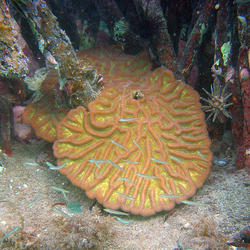Honolulu Field Station
The National Wildlife Health Center Honolulu Field station provides technical assistance and applied research to elucidate causes of wildlife disease and mortality in Hawaii and the Pacific Basin. We work closely with biologists and managers to identify wildlife health issues that impact populations and strive to find solutions that assist in conservation and management of wildlife resources.









